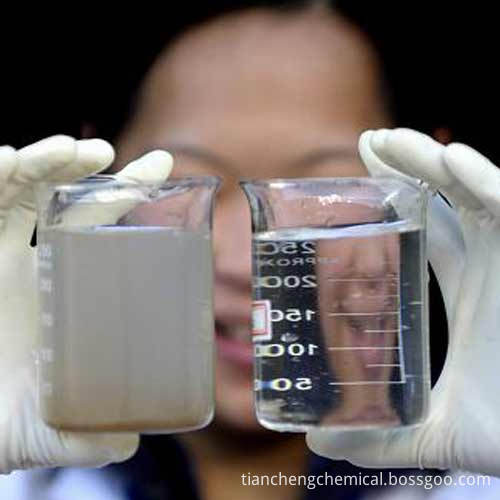Sawdust, namely sawdust shavings, has the characteristics of easy ventilation, strong moisture absorption, good cushioning properties, and is an important substrate for flowerless soil cultivation. Its usage is described below. Sawdust is used as a sawdust for flower cultivation. Sawdust from Douglas fir or Hemlock is preferred, and toxic sawdust such as Platycladus orientalis cannot be used. The size of sawdust is preferably medium-thick sawdust. For fine sawdust, an appropriate proportion of shavings can be mixed. Due to the fineness of sawdust, it is easy to store too much water and affect the growth of flowers. Sawdust treatment is used after fermentation. The new sawdust has more calories and is easily fermented after planting. The second is not mixed with alkaline alkaline substances to prevent the pH is too high. Third, disinfection, especially the continuous use of sawdust matrix, must be enhanced disinfection and sterilization to prevent the occurrence of diseases. The method is as follows: steam sterilization method, a large amount of steam into the wood chips, a small amount of available steamer steam sterilization. For the formaldehyde disinfection method, 50 liters of water shall be added to 4 liters of formaldehyde and 20 to 40 liters per cubic meter of wood chips. The plastic film shall be sealed for 24 hours and used after being air-dried. Cultivation methods (1) wooden box cultivation method. Made of coarse Chinese fir boards, a 60 cm wide and 25 to 30 cm high cultivating bed lined with an inky-colored polyethylene film, with a drainage hole at the bottom of the bed and wood chips. (2) Bag planting method. Use a 7035 cm white polyethylene plastic bag with a drain hole at the bottom. The bag is filled with sawdust and the bag is planted with flowers. (3) Potted plants. Use medium and large pots with good water permeability and load more wood chips. The moisture content of the moisture management wood chips is determined by the degree of no dripping. Generally combined with water supply of nutrient solution, high temperature and dry weather, moderate watering, keeping the substrate moist is appropriate. Excessive humidity can easily cause rot. (Source: Chinese Flower Newspaper Romain)

Wastewater treatment is a process used to convert wastewater-which is water no longer needed or suitable for its most recent use-into an effluent that can be either returned to the water cycle with minimal environmental issues or reused. It takes an important part in improve our environment.
Wastewater Decolorant,High Chroma Wastewater Decolorization,Color Wastewater Decolorization,Industry Wastewater Decolorant
Shandong Tiancheng Chemical Co., Ltd. , https://www.tianchengchemical.com